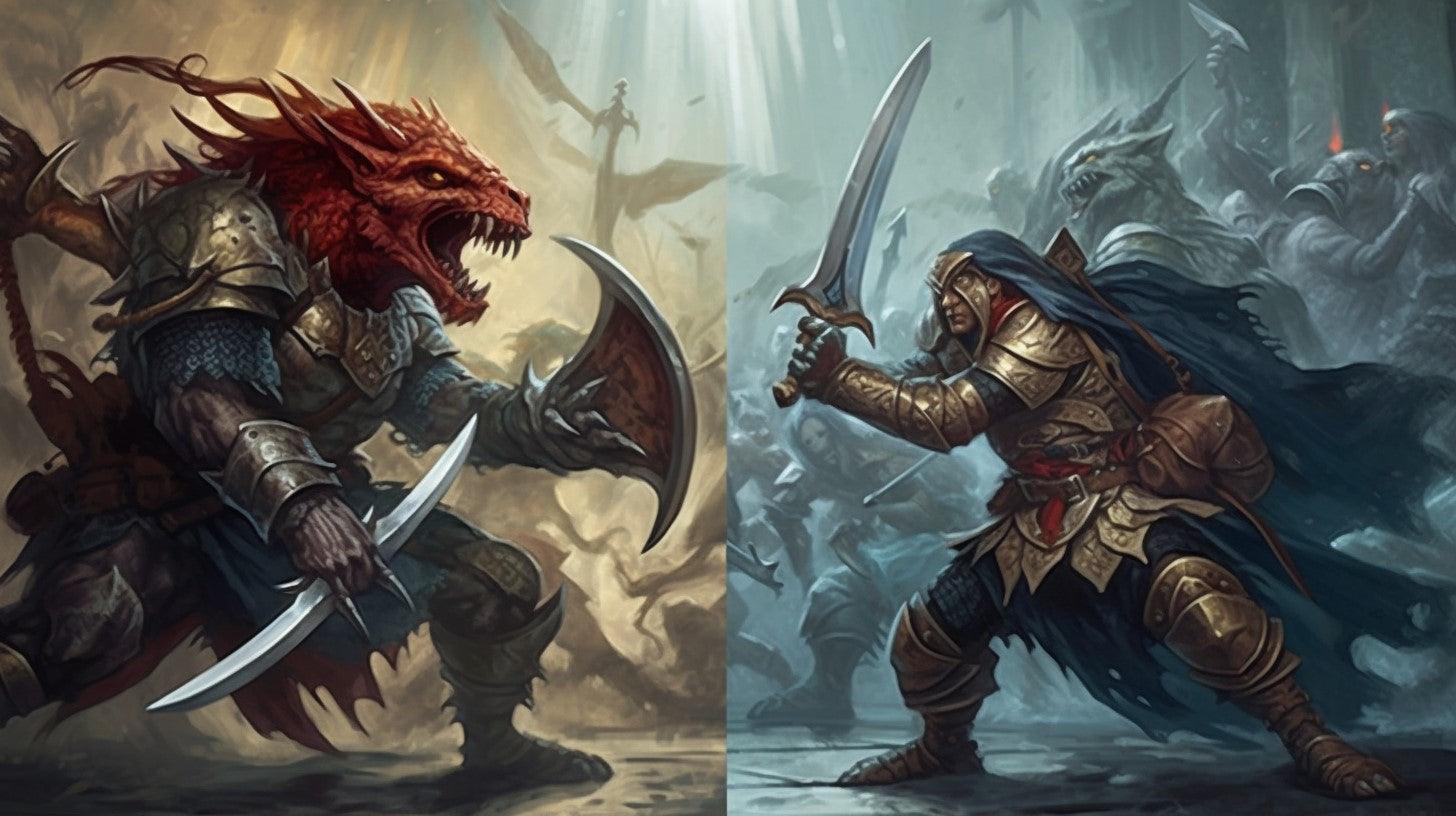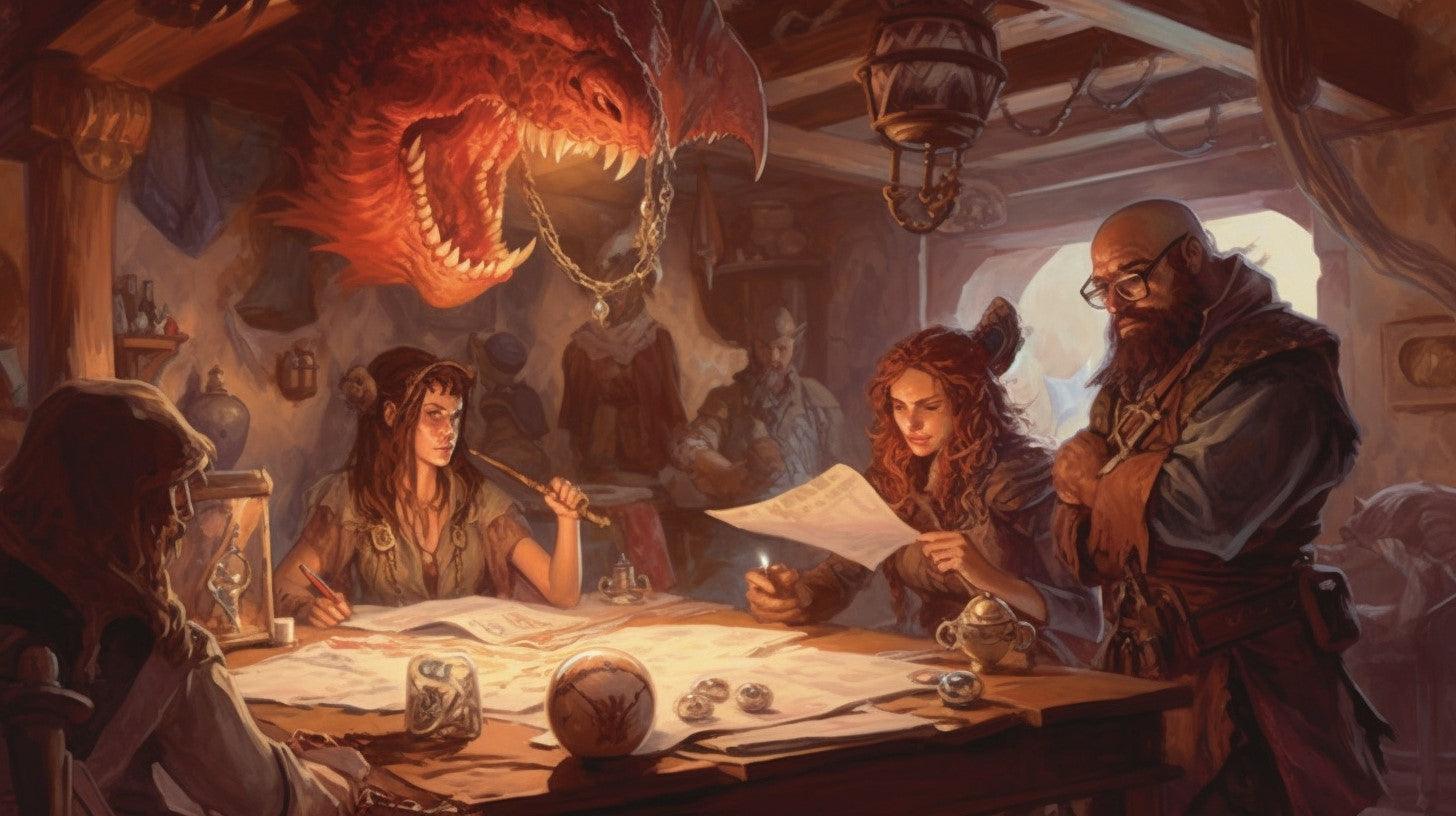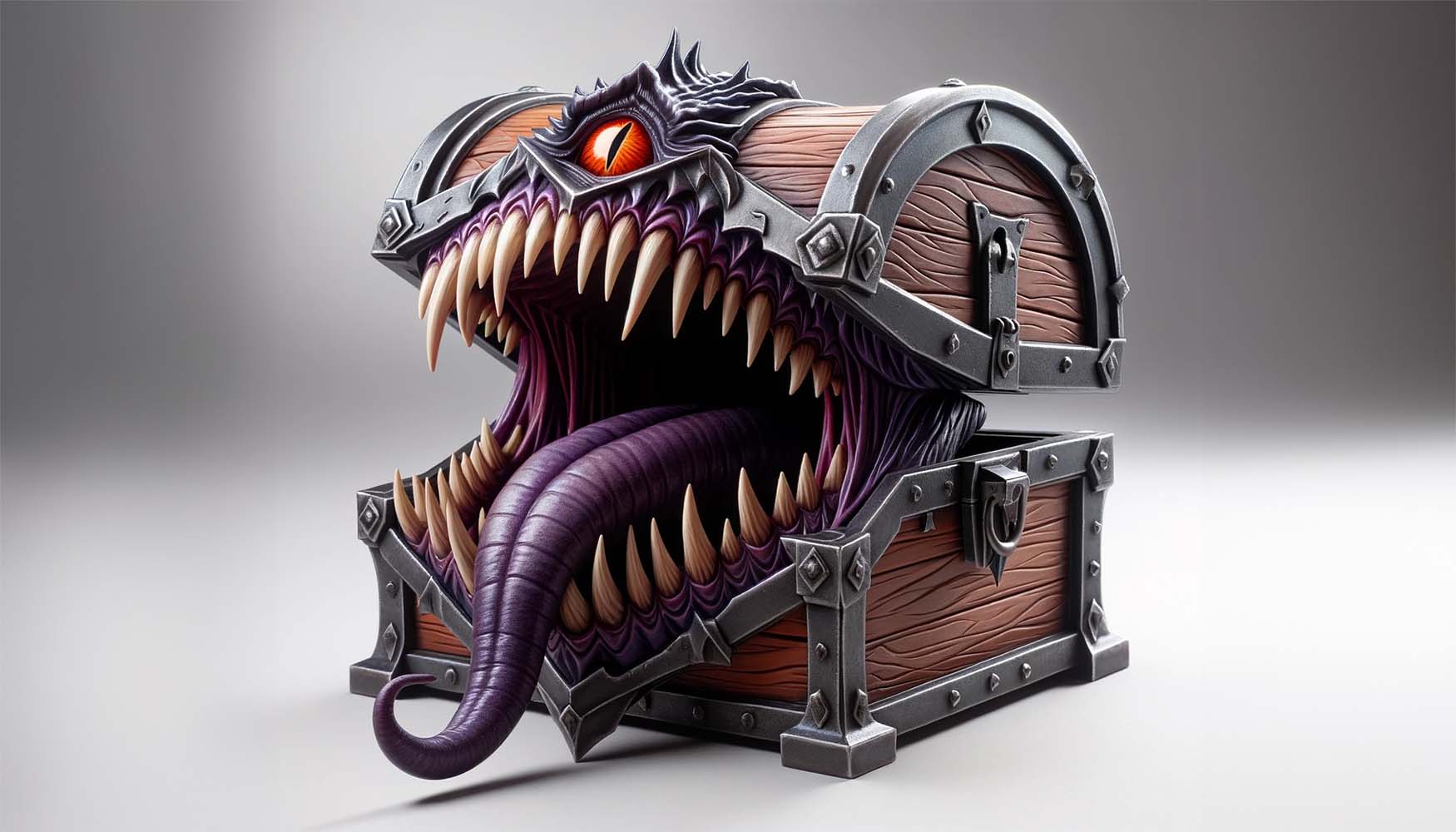Introduction:
Dungeons & Dragons (D&D) and Pathfinder are two of the most popular tabletop role-playing games (TTRPGs) in the world. Both offer rich, immersive experiences for players, but each has its unique mechanics, settings, and gameplay elements. In this in-depth comparison, we'll explore the key distinctions between these two giants of the RPG world to help you choose the perfect tabletop experience for you and your friends.
A Brief History
Before delving into the differences, let's take a moment to understand the origins of these games.
Dungeons & Dragons:
D&D, the brainchild of Gary Gygax and Dave Arneson, was first published in 1974. It has evolved through multiple editions, with the most recent being the 5th edition released in 2014. D&D is widely considered the origin of modern tabletop RPGs and has inspired countless other games, including Pathfinder.
Pathfinder:
Pathfinder, developed by Paizo Publishing, was released in 2009 as a response to the controversial changes in D&D's 4th edition. It built upon the 3.5 edition ruleset and quickly gained a dedicated following. In 2018, Paizo released Pathfinder 2nd Edition, refining and streamlining its mechanics while maintaining its core identity.
Game Mechanics
While both D&D and Pathfinder share common roots, their mechanics have diverged significantly over time. This section will outline the key differences in gameplay and mechanics between the two systems.
Core Mechanic:
Both games use a d20-based core mechanic for resolving actions, skill checks, and combat. Players roll a 20-sided die (d20) and add modifiers based on their character's abilities, skills, and other factors. The result is compared to a target number called Difficulty Class (DC) in D&D or Difficulty Class (DC) or Armor Class (AC) in Pathfinder. However, the specific rules governing these mechanics vary between the two systems.
Character Creation:
D&D and Pathfinder both allow players to create unique characters by choosing a race, class, background, and other defining features. While the overall process is similar, there are differences in the available options and the complexity of character creation.
D&D 5th edition streamlines character creation with a focus on simplicity and accessibility. It offers fewer choices but emphasizes customization through backgrounds, subclasses, and a flexible feat system.
Pathfinder, on the other hand, is known for its depth and complexity in character creation. It provides a wide array of options, including numerous races, classes, archetypes, and feats. This allows for highly specialized and unique character builds but can be daunting for new players.
Classes and Archetypes:
Both games feature a range of classes that define a character's abilities, role in the party, and combat prowess. D&D 5th edition has 13 core classes, while Pathfinder 2nd edition has 12. Many classes are shared between the systems, such as fighters, wizards, and rogues, but there are unique options in each game.
D&D classes typically have a base set of abilities and gain more options through the choice of a subclass. Pathfinder, meanwhile, utilizes a more modular approach with archetypes, which can be applied to any class to customize abilities
and playstyles. This results in a more granular level of character customization in Pathfinder compared to D&D.
Skills and Feats:
Skills represent a character's non-combat abilities and expertise in various fields. Both D&D and Pathfinder have skill systems, but they differ in complexity and execution.
D&D 5th edition simplifies skills by having a smaller list and using a proficiency system. Characters are either proficient in a skill or not, and proficiency scales with the character's level.
Pathfinder's skill system is more complex, with a larger list of skills and the ability to invest skill points on a granular level. This allows for greater customization but requires more bookkeeping and decision-making during character progression.
Feats are special abilities that grant characters unique capabilities or enhancements. In D&D, feats are optional and can be chosen in place of ability score increases at certain levels. In Pathfinder, feats are central to character customization and are gained at regular intervals throughout a character's progression.
Combat:
Combat is a central aspect of both D&D and Pathfinder, and while the basic structure is similar, there are notable differences.
D&D 5th edition simplifies combat with streamlined rules and a focus on "theater of the mind." It uses an action economy system of one action, one bonus action, and one reaction per turn, allowing for quick and dynamic encounters.
Pathfinder, on the other hand, utilizes a more detailed and tactical combat system with a three-action economy. This allows for more varied and strategic choices during combat but can be more complex and time-consuming.
Setting and Adventures
Both D&D and Pathfinder have their own unique settings, lore, and adventure modules that offer a wealth of storytelling possibilities for players and DMs alike.
D&D Setting - Forgotten Realms:
D&D's primary setting is the Forgotten Realms, a high-fantasy world filled with magic, deities, and legendary heroes. It is a vast and diverse setting, offering countless opportunities for adventure and exploration.

Pathfinder Setting - Golarion:
Pathfinder is set in the world of Golarion, which is similarly rich in lore and history. Golarion is known for its "kitchen-sink" approach, blending various genres and themes to create a diverse and intriguing setting.

Adventure Modules:
Both D&D and Pathfinder offer a wide array of published adventure modules that provide pre-written stories, encounters, and challenges for players to experience. These adventures can range from short, standalone quests to epic, multi-part campaigns.
Accessibility and Community
D&D and Pathfinder each have thriving communities and support systems that provide resources, advice, and camaraderie for players and DMs.
Accessibility:
D&D 5th edition is generally considered more accessible to new players due to its streamlined rules, simpler character creation, and focus on ease of play. The popularity of actual play shows like Critical Role has also helped introduce new audiences to the game.
Pathfinder, while more complex, offers a wealth of options for experienced players seeking deeper customization and tactical gameplay. The release of Pathfinder 2nd edition has streamlined some of the more cumbersome aspects of the game, making it more approachable for newcomers.
Community and Resources:
Both D&D and Pathfinder have dedicated fanbases and extensive online resources for players and DMs. From forums and social media groups to podcasts and video series, there is no shortage of community support for both games.
For D&D, resources like D&D Beyond, an official digital toolset, streamline the process of creating and managing characters, campaigns, and encounters. Additionally, there are numerous third-party tools, homebrew content, and guides available for players.
Pathfinder also has a strong online presence, with resources like the Pathfinder System Reference Document (SRD), which contains the core rules and additional content. The official Paizo forums and third-party websites offer advice, tools, and homebrew content for players and GMs alike.
Conclusion:
When choosing between D&D and Pathfinder, it ultimately comes down to personal preference and the type of gaming experience you seek. D&D 5th edition is more accessible for new players, with streamlined rules and a focus on storytelling and ease of play. Pathfinder offers a wealth of options for customization and tactical gameplay, making it an excellent choice for experienced players seeking depth and complexity.
Either way, both games provide engaging and immersive experiences that can bring hours of enjoyment and camaraderie for you and your friends. So, gather your party, roll some dice, and embark on your next great adventure!



